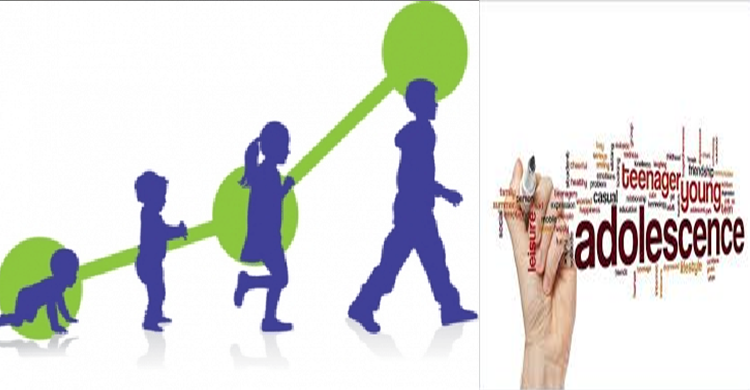Adolescence
Adolescence
Adolescence is the stage in a person’s life when they progress from a child to an adult. This physical and psychological development phase typically occurs between puberty and legal adulthood. It signifies one of the most critical transitions in a person’s life. It is distinguished by rapid growth and change. In the biological process, there have been several significant changes and advancements. The most typical phenomena, for example, are puberty and a shift in tone. Adolescence is a phase of preparation for maturity, and as a result, several severe psychological changes occur in youth. A person in adolescence can neither be referred to as a child nor an adult. This phase marks the transition from childhood to maturity. This period lasts from twelve or thirteen to nineteen. However, the duration and defining characteristics of this period may vary across time, cultures, and socio-economic situations. It is one of the most critical transitions in one’s life span. The time of adolescence is a period of preparation for adulthood during which one experiences several key developments; like – physical and sexual maturation, movement toward social and economic independence, development of identity etc. Besides, it is a time of tremendous growth and potential, it is also a time of considerable risks during which social contexts exert powerful influences. Adolescents are different both from young children and adults. Specifically, adolescents are not fully capable of understanding complex concepts. So, many adolescents face pressure to use alcohol, cigarettes, or other drugs and to initiate sexual relationships putting themselves at high risk for intentional and unintentional injuries, unintended pregnancies and so on. Many also experience a wide range of adjustment and mental health problems. Generally, Adolescents depend on their families, their communities, schools, health services and their workplaces to learn a wide range of skills that can help them to cope with the pressures they face and make a successful transition from childhood to adulthood. Parents, members of the community, service providers, and social institutions have the responsibility to both promote adolescent development and adjustment and to intervene effectively when problems arise. So, they should be given religious teaching besides general education about physical relationships.
or,
Adolescence is the transitional period between childhood and young adulthood. It is a time of change when a child develops into an adult. It is a time of rapid physical, emotional, and social changes. Adolescents are going through a period of uncertainty and anxiety as they try to figure out who they are and where they fit in the world. They may become more self-conscious about their appearance or how people view them. Adolescence is also a time of danger. Some girls and boys seem to inhabit a realm of imagination. They are susceptible to bad influences and may get hooked on narcotics or engage in immoral behavior. Adolescents usually begin puberty between the ages of 10 and 14, but it can occur earlier or later than this age range. The first three years of adolescence (ages 10–13) are a critical maturation period when adolescents transition from childhood to adulthood. During this time, the brain goes through a significant reorganization associated with gains in cognitive skills such as abstract reasoning, planning ahead, problem-solving, and self-control over impulses. It is normal for adolescents to experience mood swings and a roller coaster of emotions during much of their teenage years. During these times, it is common for adolescents to have emotional highs and lows. Adolescents are also more likely to experience changes in their sleep patterns and eating habits compared with adults or younger children. Although these changes can be frustrating, they are normal during this stage of life. Adolescence is an important developmental phase, but it can also be challenging for young people. Many factors impact adolescent development, including family relationships and life experiences. The foster care system can be especially challenging for adolescents as they face several challenges related to their caregiving environment. Adolescence is the time that influences a person’s future development. Therefore, it is not the time to let go. It is time for parents to monitor their children more closely than ever before without forcing them to lose their uniqueness. Parents should support their involvement in activities of their choosing that do not violate the law, regulations, or values.

